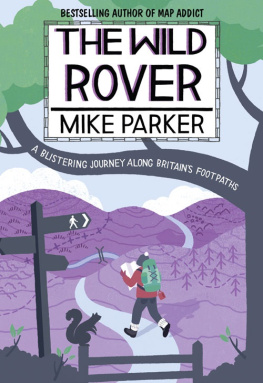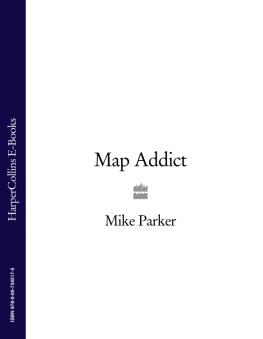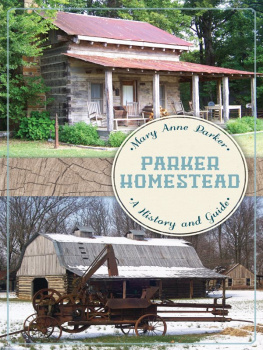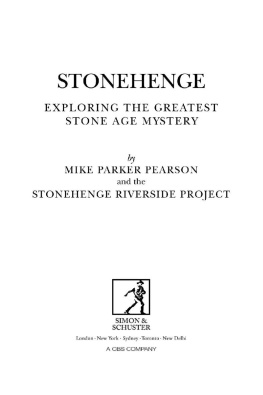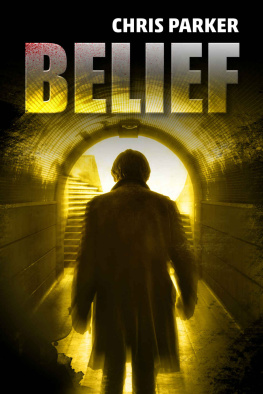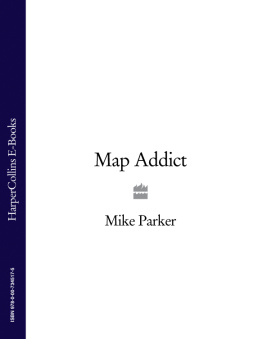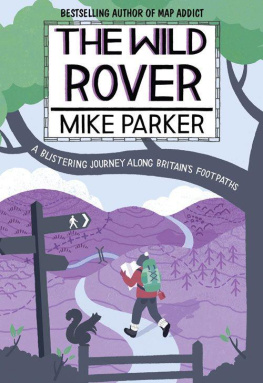Parker - The Wild Rover
Here you can read online Parker - The Wild Rover full text of the book (entire story) in english for free. Download pdf and epub, get meaning, cover and reviews about this ebook. year: 2011, publisher: HarperCollins Publishers, genre: Romance novel. Description of the work, (preface) as well as reviews are available. Best literature library LitArk.com created for fans of good reading and offers a wide selection of genres:
Romance novel
Science fiction
Adventure
Detective
Science
History
Home and family
Prose
Art
Politics
Computer
Non-fiction
Religion
Business
Children
Humor
Choose a favorite category and find really read worthwhile books. Enjoy immersion in the world of imagination, feel the emotions of the characters or learn something new for yourself, make an fascinating discovery.
- Book:The Wild Rover
- Author:
- Publisher:HarperCollins Publishers
- Genre:
- Year:2011
- Rating:4 / 5
- Favourites:Add to favourites
- Your mark:
- 80
- 1
- 2
- 3
- 4
- 5
The Wild Rover: summary, description and annotation
We offer to read an annotation, description, summary or preface (depends on what the author of the book "The Wild Rover" wrote himself). If you haven't found the necessary information about the book — write in the comments, we will try to find it.
The Wild Rover — read online for free the complete book (whole text) full work
Below is the text of the book, divided by pages. System saving the place of the last page read, allows you to conveniently read the book "The Wild Rover" online for free, without having to search again every time where you left off. Put a bookmark, and you can go to the page where you finished reading at any time.
Font size:
Interval:
Bookmark:
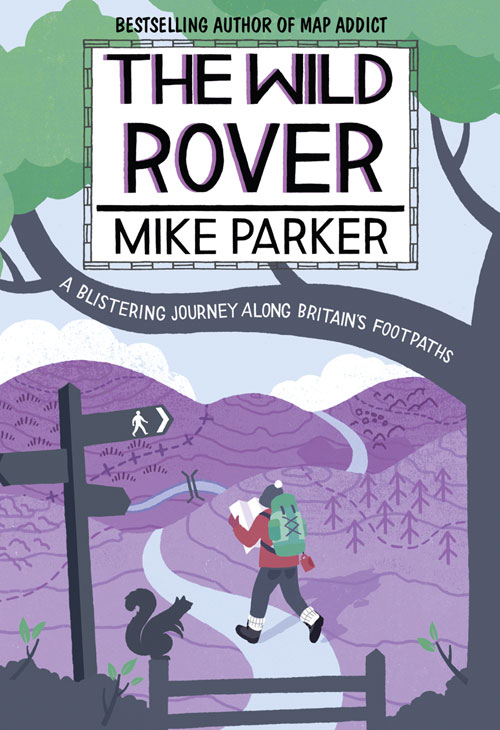
To my parents:
Jane, David, Anne
Contents
Many feet make one path.
I like to walk on a foot path.
I walk over the grass
and turn to see if I have made a path.
Two feet once only
is not enough.
I return to the foot path
to fill one of the bunch.
I add my feet.
I look back.
What a path we made.
Ivor Cutler
Chapter 1
(NOT IN) MY BACK YARD
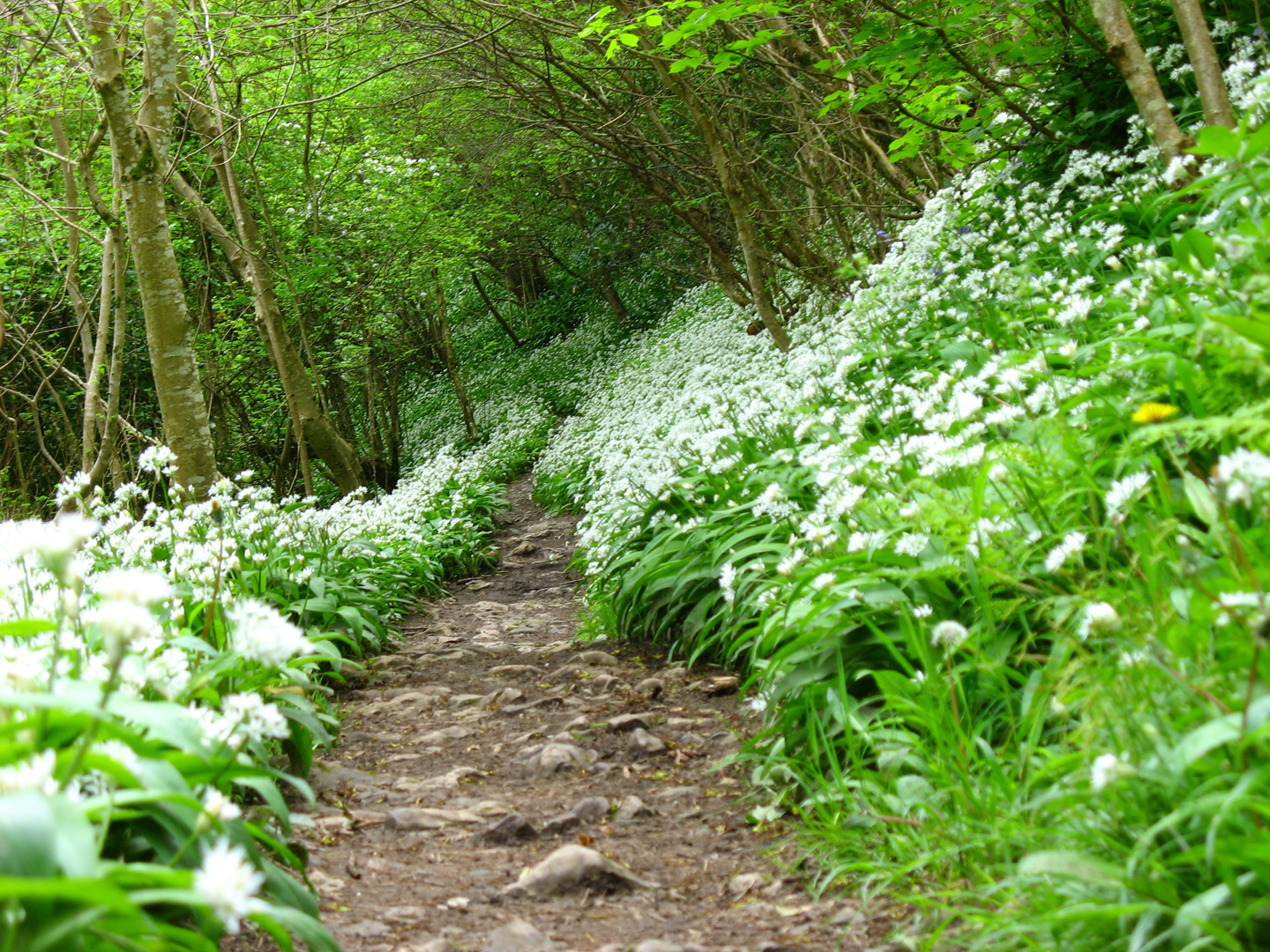
The primrose path gives way to the garlic path on Gower
Of all the things you least want to come face-to-face with on an early morning dog walk, your own hypocrisy comes quite high on the list.
It was the wooden fingerpost that caused the first twinge. Bright and shiny, brand new and leaking fresh pine sap, the arrow and the motif of the little walking man picked out in gleaming yellow paint. A Public Footpath, it screamed. But I knew that already: Id been walking this path, across the rushing river and through the fields, for years. Along the way a tributary stream funnels down a tiny valley, crossing the path at a ford overhung by my favourite oak. Moss-covered rocks huddle around the ford, each one a warm seat on which to rest and take the days sunshine or rain. In eight years of walking the path and pondering life at the ford, Id only ever been disturbed once at my special place by a fellow walker. And now everyone was going to be pointed towards it.
Over the next few days, I walked the other paths that surround the village, each one seemingly tailor-made for any subtle difference of mood, season or weather. If I need a good stretch after too many hours slumped in front of a screen, Ill take the hill track, a steep climb up an old holloway, past thorn trees twisted into animal shapes the guardians of the village, according to some of the older residents and up to a lofty viewpoint that never fails to give back some perspective to a foggy brain. In the autumn, Ill take the wooded path that forks off the back lane for its rusting colours and musky smells. If its a bright morning, Ill take the short-sharp-shock path up through the forestry and on to a circular hilltop track that gets blasted by early sunshine. On a summers afternoon, Ill ramble through the riverside fields, chucking sticks into the water for the dog, and then well both take a dip in one of the deep pools that sparkle green in the late days sun. But the path over the little bridge and to the magical ford is the one Ill do on any day, at any time, in any weather, for it combines exactly the right amount of wood and water, shelter and open skies, grass and rock.
The new signs had materialised on every single track. Out of nowhere, little yellow men had appeared all over the village, pointing eagerly down driveways and farm tracks. Brand new zinc gates, their Travis Perkins price tag still glued on, had been rammed in too, replacing those held together only by twine, rust and local know-how. An ancient network of paths, some trodden for centuries and known to generations in intimate detail, had been suddenly thrown open to the world. I was bloody furious, and felt as if a load of complete strangers had stomped into my kitchen, and were sniggering at my smalls drying over the fire. It was nothing short of violation.
Even as those first feelings of outrage bubbled up in a stew of bile, I was well aware that they were laced with the even more corrosive ingredient of raging hypocrisy. For decades, Id been sounding off about blocked footpaths and rights of way that appear on the map in crisp certainty but which, on the ground, are nowhere to be found. Id cursed planners and councils for their lethargy in keeping paths marked and walkable. In 2001, when the foot-and-mouth crisis closed every path in the land, Id written angry articles about the lightning speed with which the No Entry signs had gone up and compared it with the years that it took to remove them again. In every corner of the country, Id hurled my hands up in horror at getting lost during the seemingly simple task of spotting a good path on the map and attempting to follow it. Id ranted in print, on the radio, on TV, and to anyone who would listen, that councils really should take their responsibilities more seriously, not only to the walking public but as guardians of the hefty weight of history that had carved out such a cherished network of rights of way on our small island.
But that was There. Beyond, away, on someone elses patch, in places where I was a visitor and expected some modicum of consideration. And this was Here. Not for a moment did my spleen accommodate the obvious truth that my Here was nearly everyone elses There, and that they should perhaps be afforded the same hospitality that I so noisily demanded.
A few months on, the signs and the gates still look too new, too sharp, too much like prodnosed intruders. A couple of Welsh winters should batter them a little more comfortably into the landscape, but thats scant consolation, for they are already doing their damned job. Neighbours who live along the newly signposted tracks tell me that the footfall of passing cagoulewearers has increased noticeably. So it seems: I keep finding complete strangers on my paths, ambling uncertainly along and fretting visibly about the cows in the next field. On my better days, I manage a smile and a hello, even as I wish theyd vanish into the sweet air. On my rather less charitable days, I do my best to look like the surliest farmer of popular paranoia and glower at them from across the hedgerows. It doesnt work. Even my scariest facial expressions cannot compete with the signposted certainty that they are there by right their ancient, inalienable right of way.
Is there anything that combines simple utility and quiet beauty better than a footpath? There it goes, just the lightest of touches across a field or through a wood, the sum total of countless feet over countless years. At one and the same time, it is the humblest of all our imprints on the landscape, yet one of the sturdiest too. And not just physically so, but culturally and emotionally too. We need our paths, like we need to breathe.
Britains network of paths is unique in the world. Nearly all countries have their waymarked trails and designated tourist routes, but we have something so much better: a filigree network of rights of way that snakes through every landscape and connects every town and village. Our paths, bridleways, byways and green lanes are threads of common land in an increasingly privatised countryside, hidden grooves of peace and beauty through the chaos, short cuts into our history and identity. They are democracy at its most fundamental, open to all, where you dont have to pay , and they will take you as far as you could possibly wish to go. All you need are a pair of feet and the urge to use them.
In England and Wales, there are around 150,000 miles of off-road rights of way, together with over 6,000 square miles of right to roam Access Land (about three-quarters of one of those famous international units of measurement, a Size of Wales). In Scotland, the situation is even better, for there is a natural presumption of access to all land, including tens of thousands of miles of path and track. This astounding resource is something of a shrinking violet, however. While roads and railways, airports and interchanges howl for our attention and our wealth, the paths slip by almost unnoticed.
Like most Brits, having a bit of a walk is in my DNA. It was what you did on a Sunday afternoon, wrapped up snug against the autumn winds or giving your skin a laundering in the first warm rays of spring. We werent, thank God, one of those rambling families, mum and dad in matching cagoules, kids moaning unheard at a distance. In our house, even the dogs favourite walk was to the pub. But the paths, and the hills and woods, rivers and fields, were always there, and always within walking distance.
Font size:
Interval:
Bookmark:
Similar books «The Wild Rover»
Look at similar books to The Wild Rover. We have selected literature similar in name and meaning in the hope of providing readers with more options to find new, interesting, not yet read works.
Discussion, reviews of the book The Wild Rover and just readers' own opinions. Leave your comments, write what you think about the work, its meaning or the main characters. Specify what exactly you liked and what you didn't like, and why you think so.

